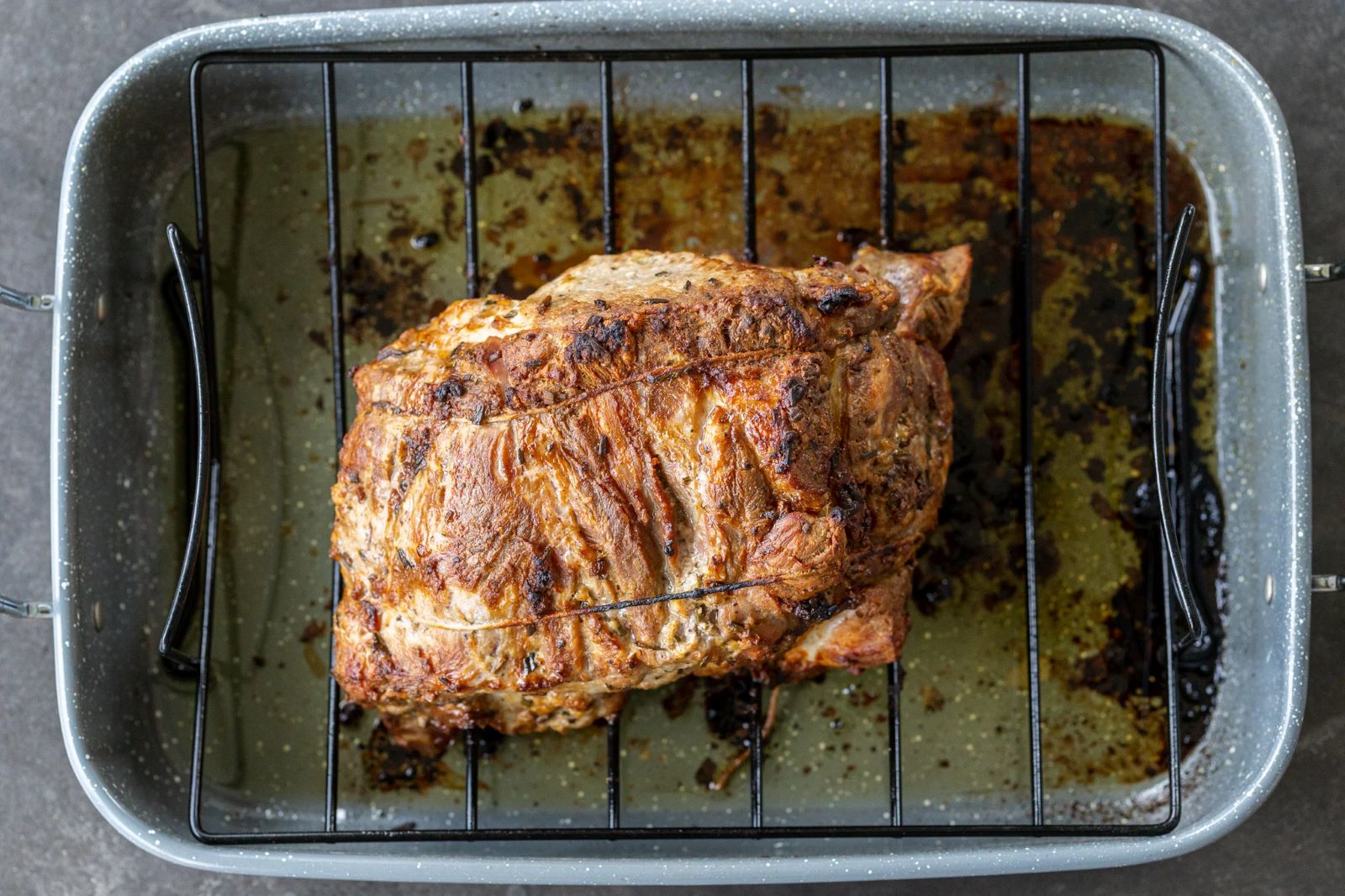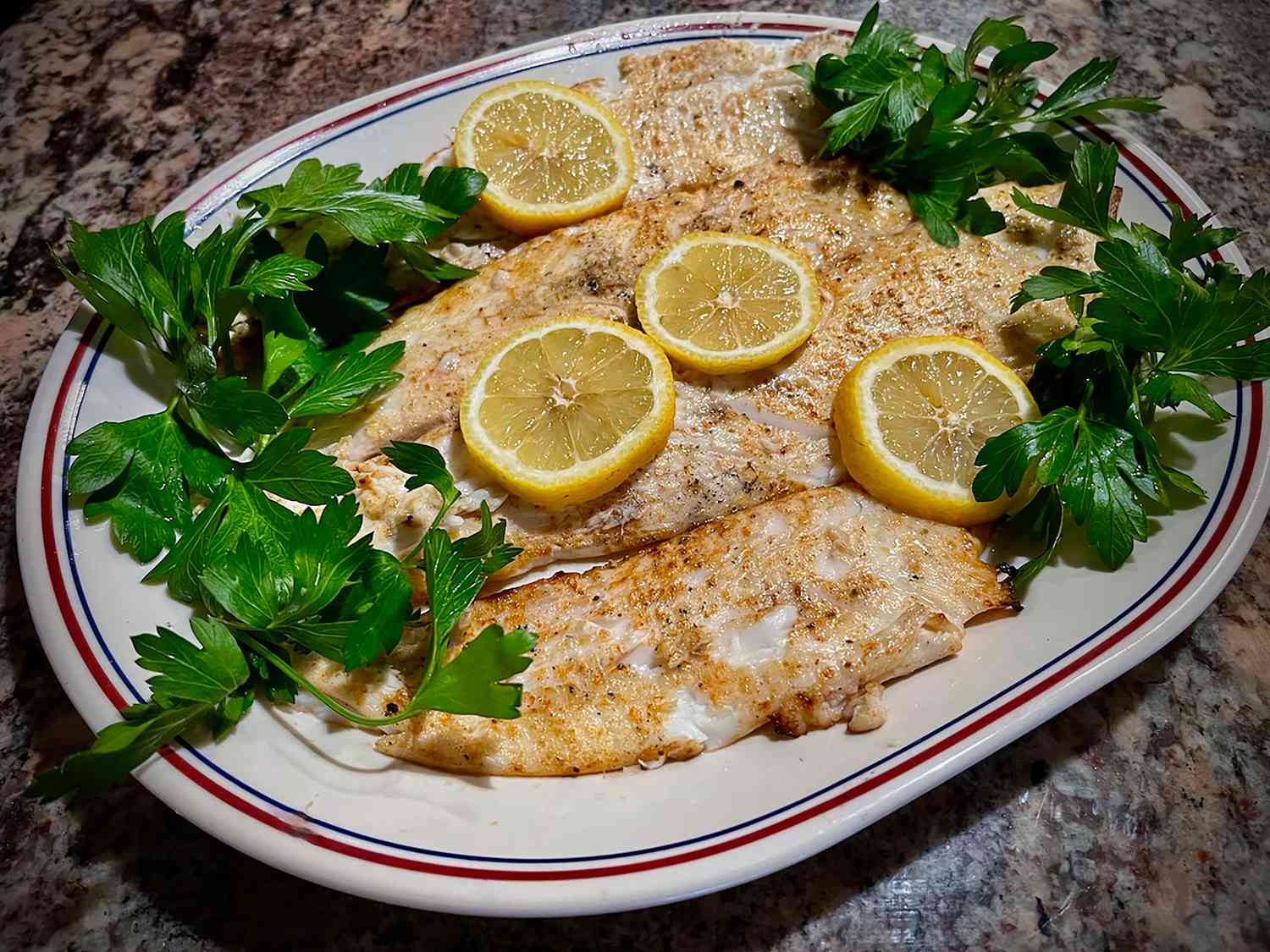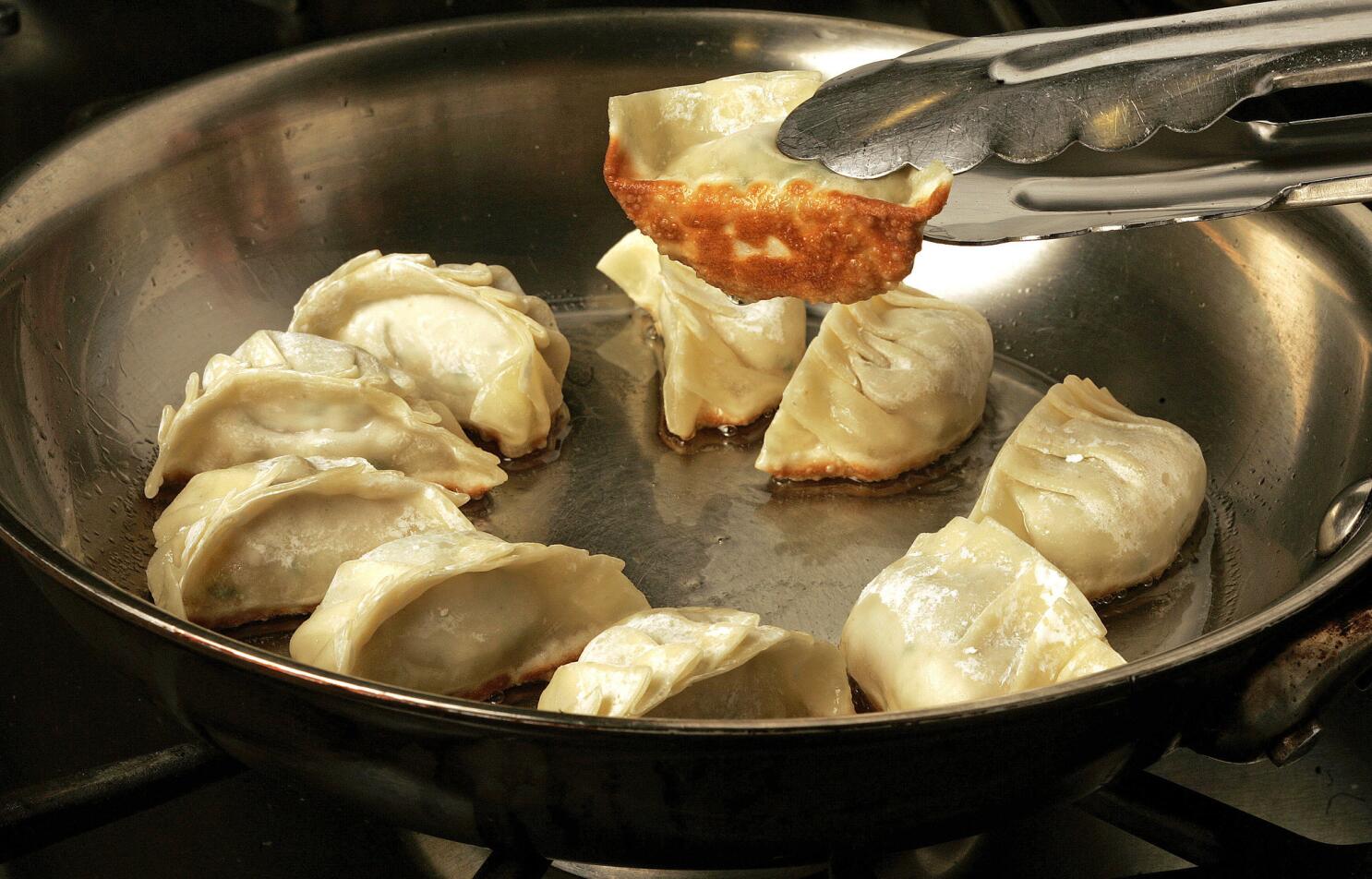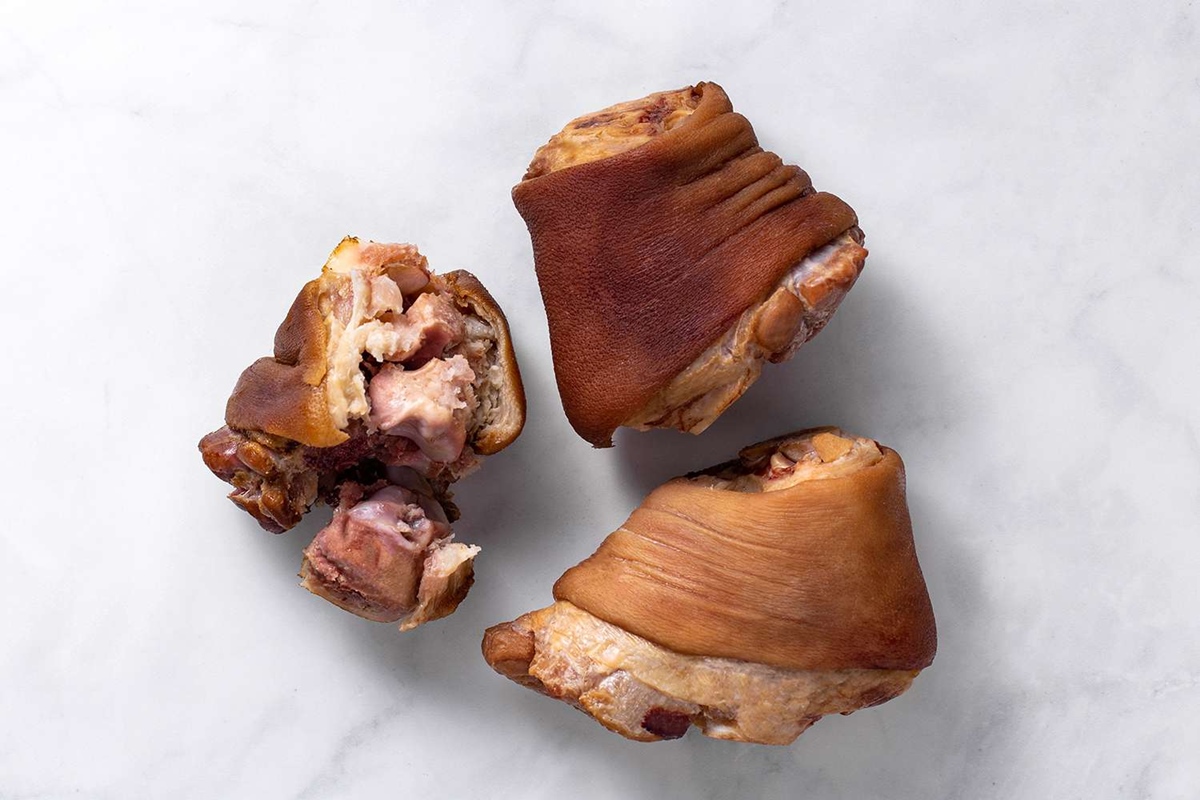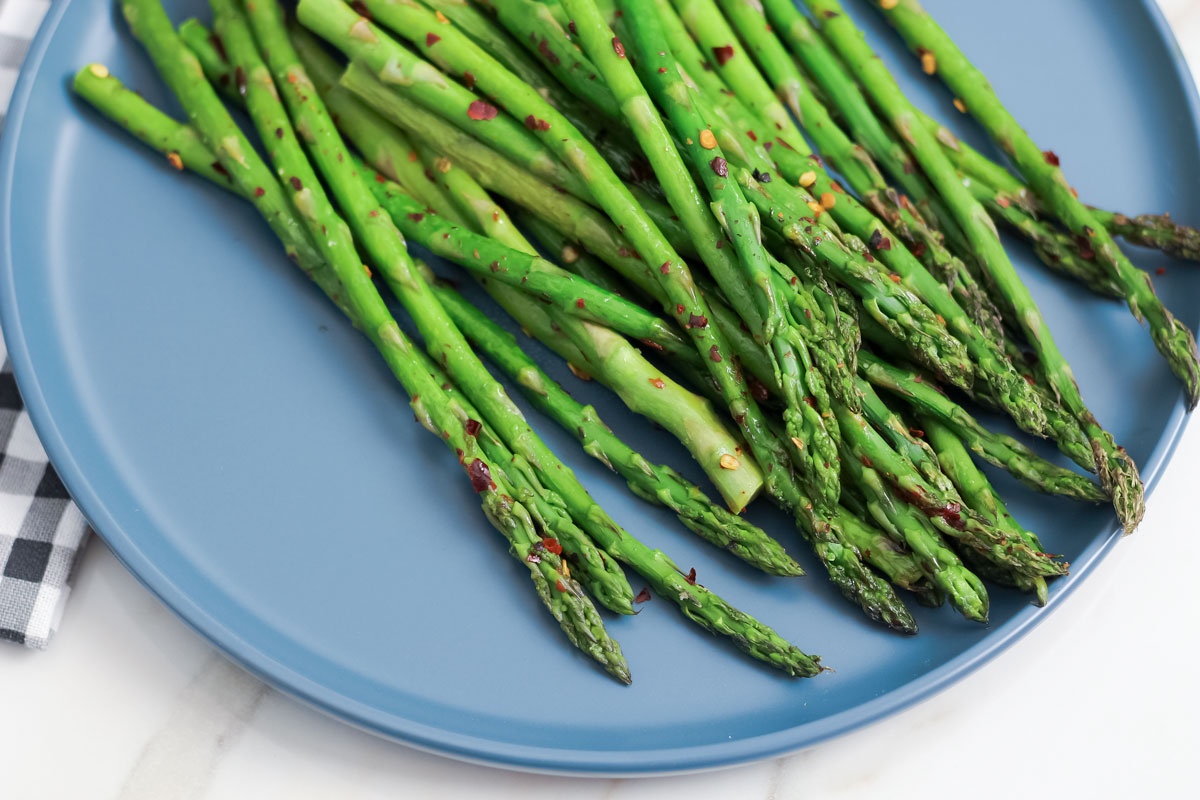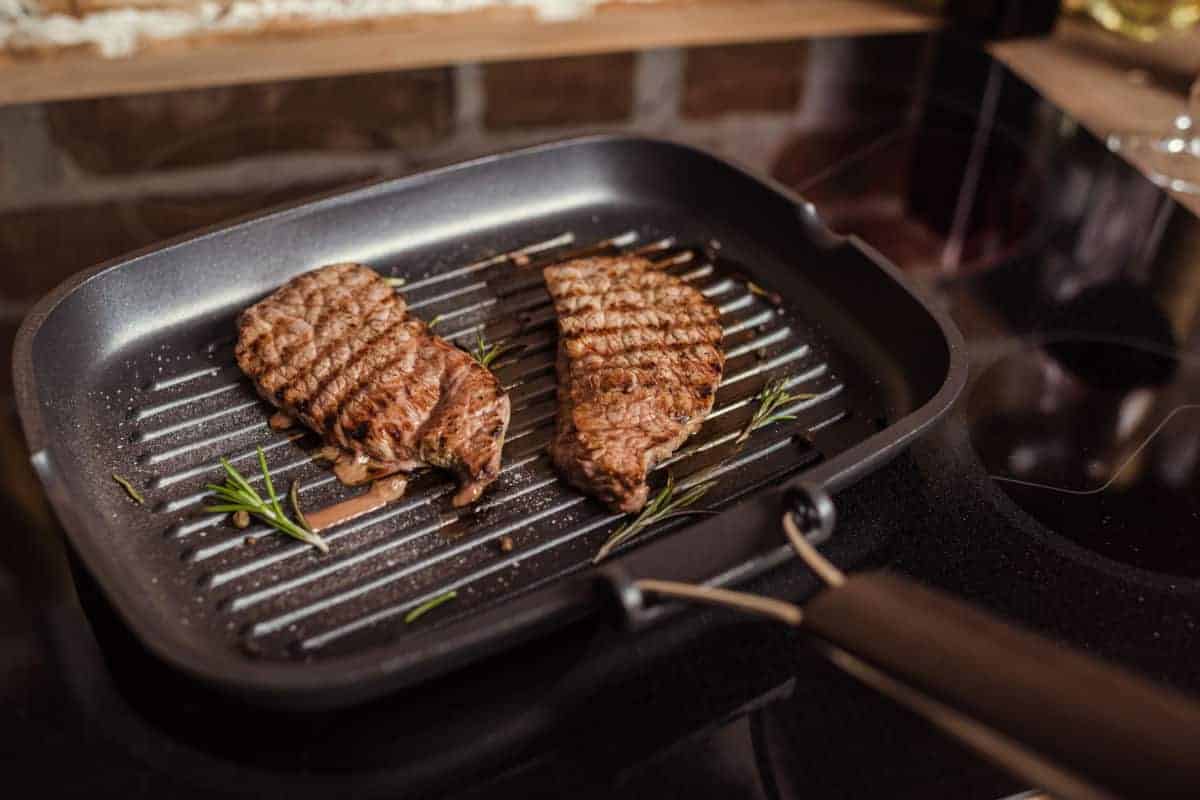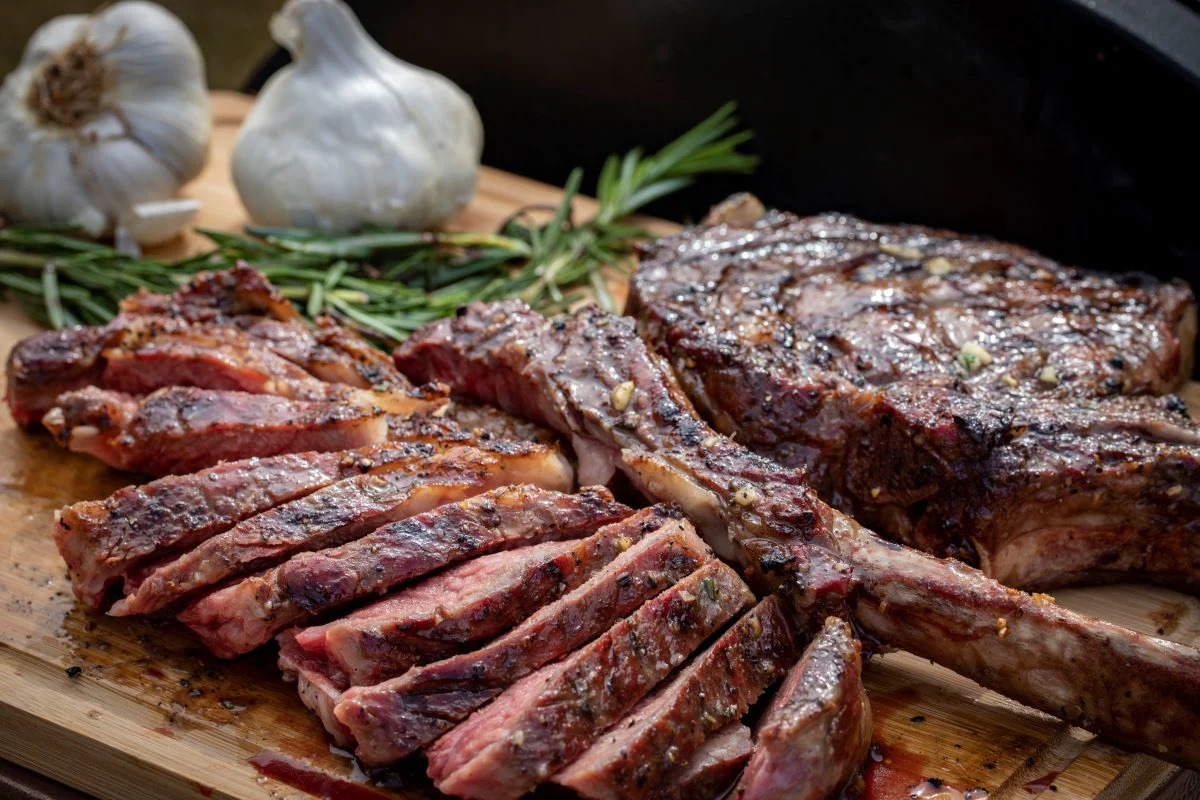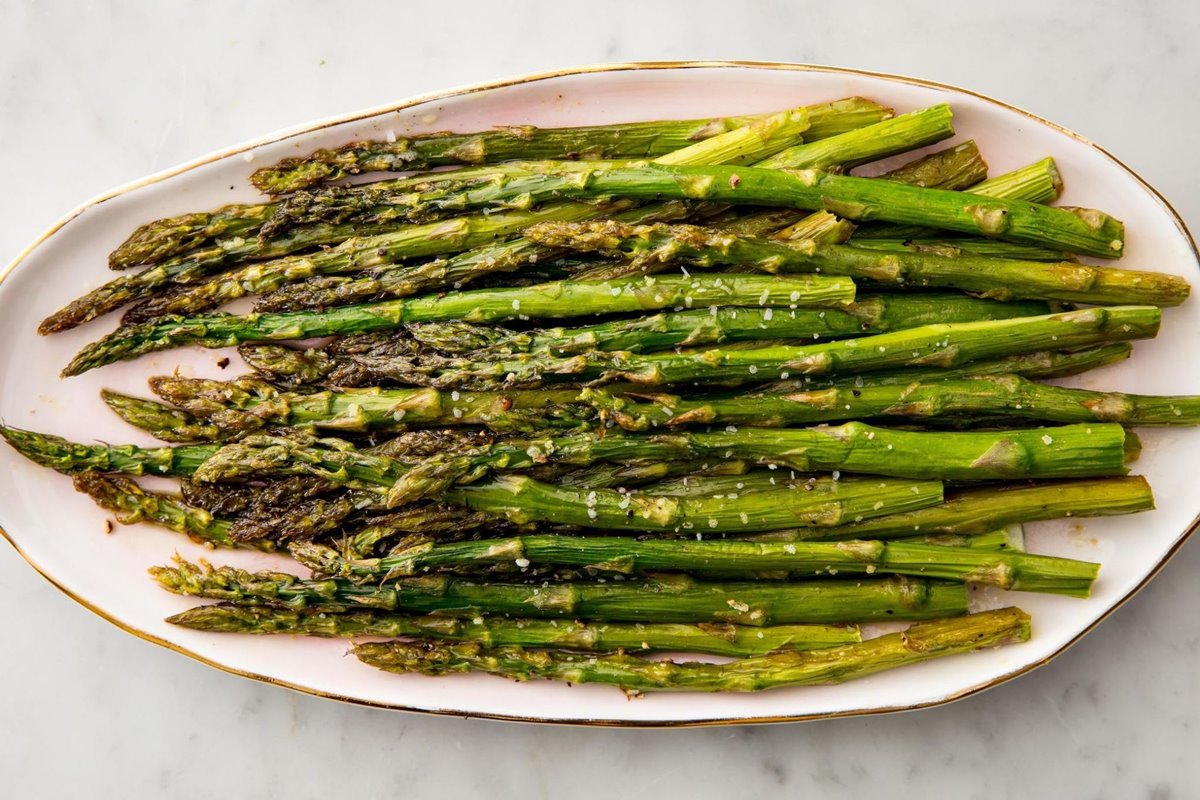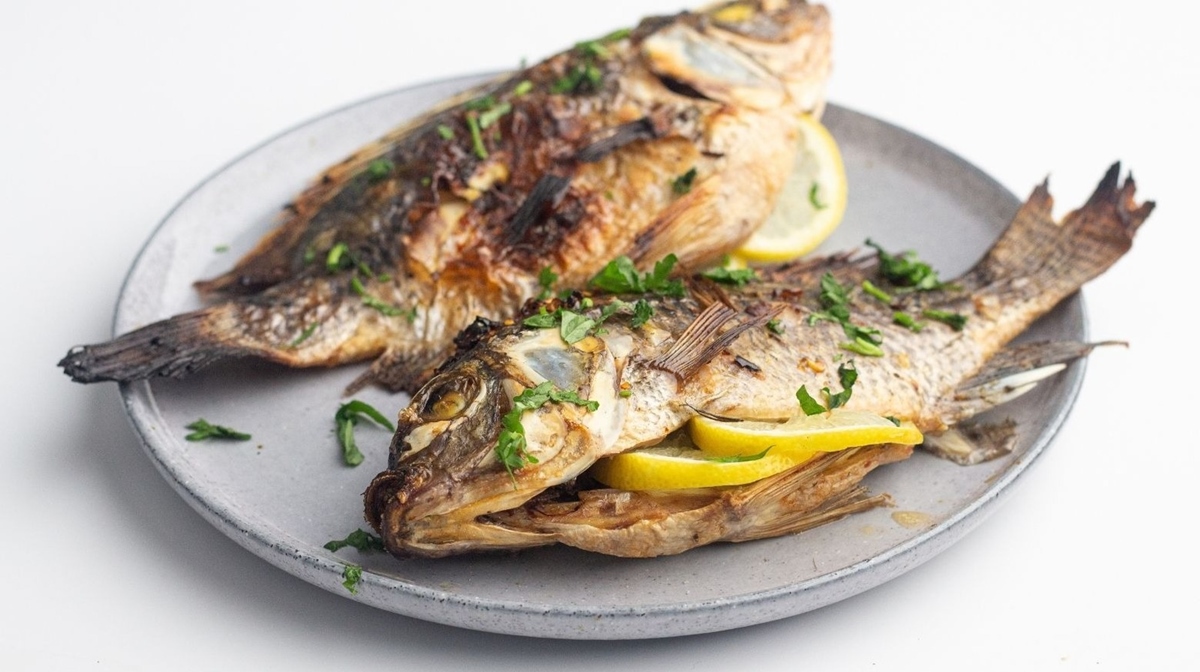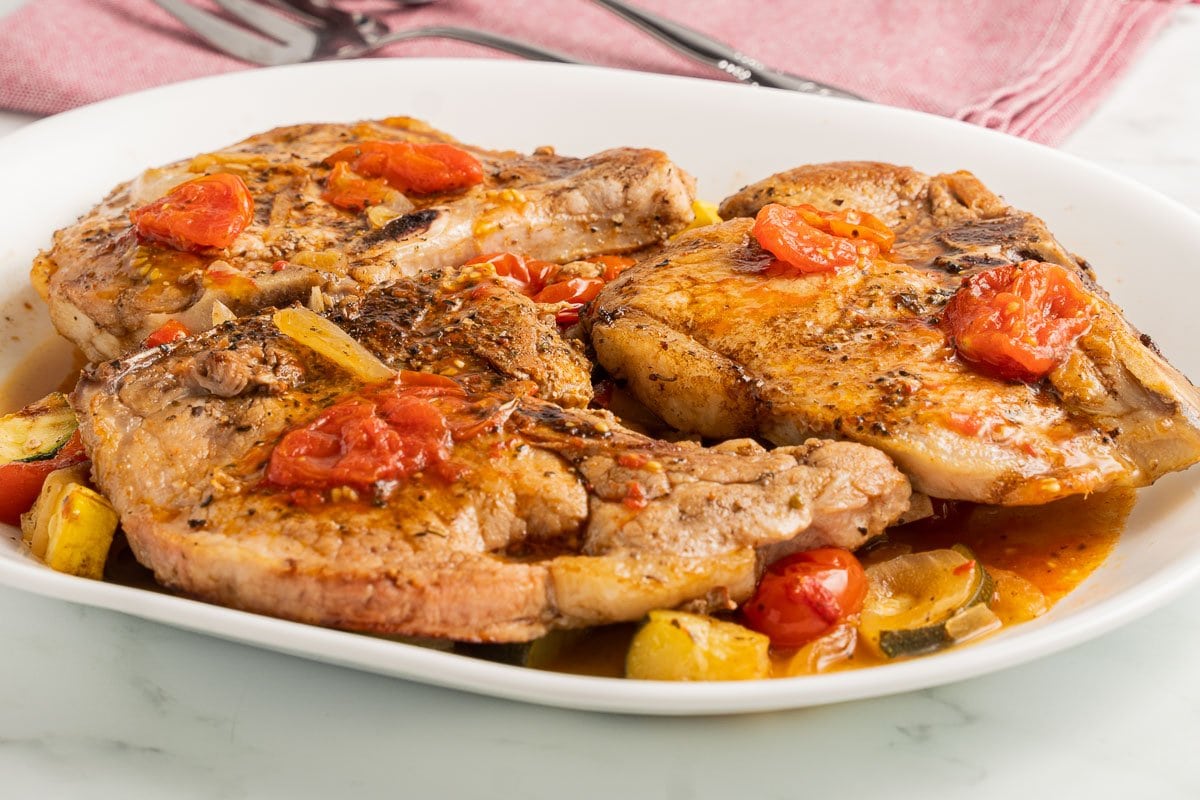Unlock the Delicious Potential of Bulgur Wheat with Your Rice Cooker
Bulgur wheat is a versatile and nutritious grain that can add a burst of flavor and texture to your dishes. Traditionally cooked on the stovetop, you’ll be thrilled to learn that you can easily cook bulgur wheat in your trusty rice cooker. In this article, we’ll guide you through the simple steps to unlock the delicious potential of bulgur wheat using your rice cooker.
Why Choose Bulgur Wheat?
Bulgur wheat is a whole grain food made from cracked wheat kernels that have been parboiled and dried. It is a staple in Middle Eastern and Mediterranean cuisine, known for its nutty flavor and chewy texture.
But bulgur wheat isn’t just delicious; it’s also highly nutritious. Packed with fiber, protein, vitamins, and minerals, bulgur wheat can help support a healthy digestive system, promote weight management, and enhance overall well-being.
The Rice Cooker Method
Using your rice cooker to prepare bulgur wheat is a game-changer. Not only does it simplify the cooking process, but it also ensures perfectly fluffy grains every time. Here’s a step-by-step guide to help you get started:
- Measure the desired amount of bulgur wheat using the measuring cup that came with your rice cooker. A general rule of thumb is one part bulgur wheat to one and a half parts water.
- Rinse the bulgur wheat under cold water to remove any impurities and excess starch.
- Transfer the rinsed bulgur wheat to your rice cooker’s inner pot.
- Add water to the pot following the recommended proportions (two parts water for each part of bulgur wheat).
- Optional: Add a pinch of salt or other seasonings to enhance the flavor.
- Cover the rice cooker and select the “Cook” or “White Rice” setting.
- Allow the rice cooker to work its magic and cook the bulgur wheat. This usually takes around 12 to 15 minutes, depending on your rice cooker model.
- Once the cooking cycle is complete, let the bulgur wheat sit in the rice cooker for 5 to 10 minutes to allow it to steam and fluff up.
- Open the rice cooker, give the bulgur wheat a gentle stir with a fork, and voila! Your perfectly cooked bulgur wheat is ready to be enjoyed.
Delightful Serving Suggestions
Now that you have a batch of beautifully cooked bulgur wheat, it’s time to get creative with serving ideas. Here are a few delightful suggestions to inspire you:
- Combine the bulgur wheat with fresh vegetables, herbs, and a squeeze of lemon juice for a refreshing tabbouleh salad.
- Use the bulgur wheat as a base for a hearty grain bowl, topped with roasted veggies, grilled chicken, or tofu.
- Add some cooked bulgur wheat to your favorite soup or stew for a nutritional boost and added texture.
- Whip up a flavorful pilaf by sautéing onions, garlic, and spices before adding the cooked bulgur wheat to the pan.
- Experiment with different spices and herbs to create a unique flavored bulgur wheat side dish that complements your main course.
With these creative serving ideas, bulgur wheat can take center stage in your meals, adding variety and wholesome goodness to your plate.
Conclusion
Bulgur wheat is a fantastic ingredient to have in your kitchen, and using your rice cooker to cook it is a convenient and foolproof method. With just a few simple steps, you can unlock the delicious potential of bulgur wheat and elevate your culinary creations. So go ahead, grab your rice cooker and start exploring the world of delightful bulgur wheat dishes.
Explore More Bulgur Wheat Recipes and Uses
Having mastered the art of cooking bulgur wheat in a rice cooker, you're now superbly equipped to experiment with a variety of delicious recipes that incorporate this versatile grain. For a fresh and healthy option, try the mediterranean bulgur salad which is perfect for a light lunch or side dish. If you're in the mood for something more substantial, the beef stuffed bulgur bell peppers offer a satisfying meal that cleverly combines protein and fiber. Those with a penchant for international flavors might enjoy the turkish bulgur pilaf, a dish that promises to transport your taste buds to the vibrant streets of Istanbul. Each recipe provides a wonderful opportunity to use your newly acquired skills in diverse and flavorful ways, encouraging you to explore the rich textures and nutritional benefits of bulgur wheat.
Was this page helpful?
Read Next: How To Cook Pork Roast In Ninja Foodi
Abby Marcelino
Abby is a writer, editor, and a fan of ASMR mukbang and cooking videos. Her family has been in the food industry for years and she has been working for their business as a part-time quality assurance officer and content creator. She is addicted to all things dairy and carbs, most especially cheese and bread.

